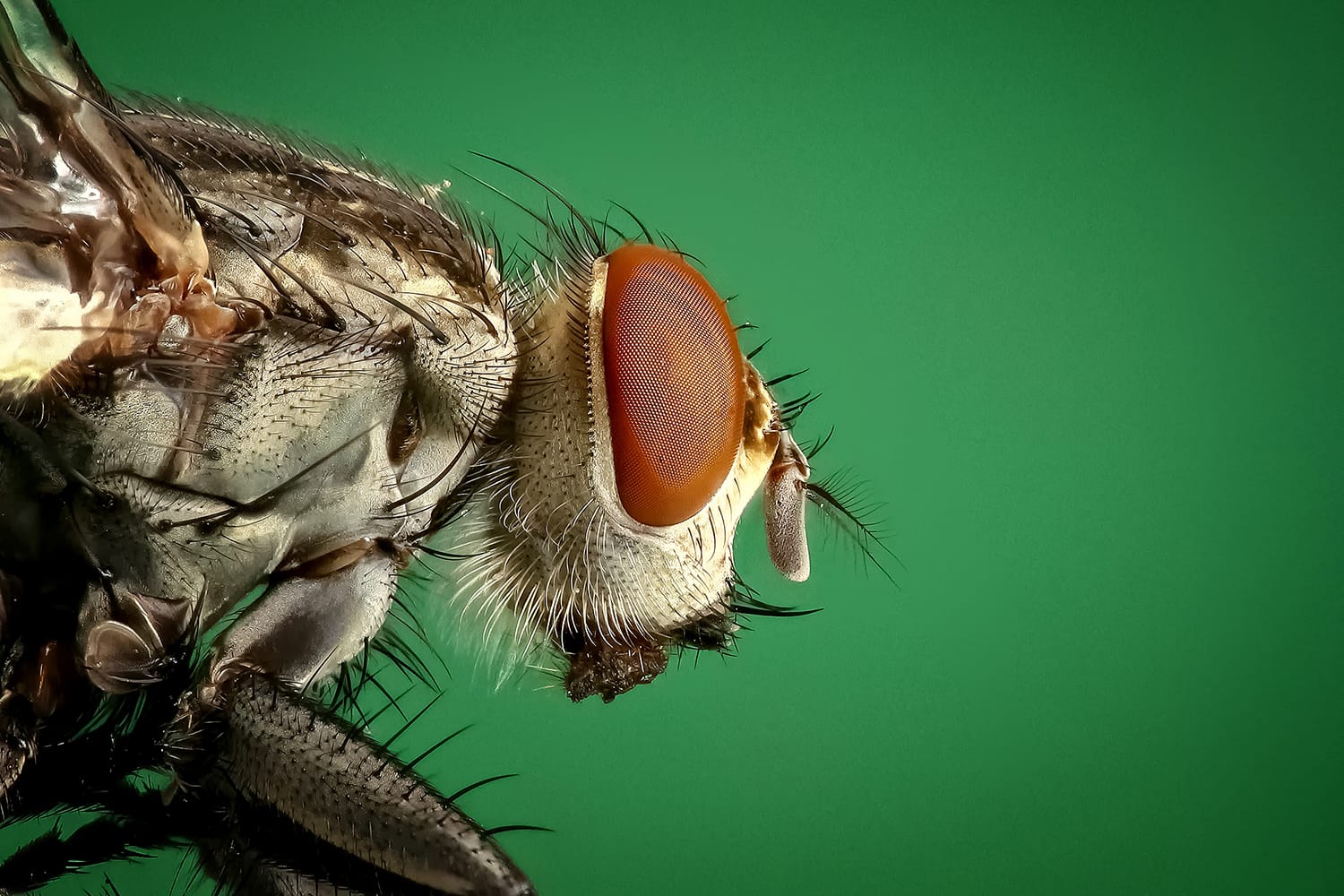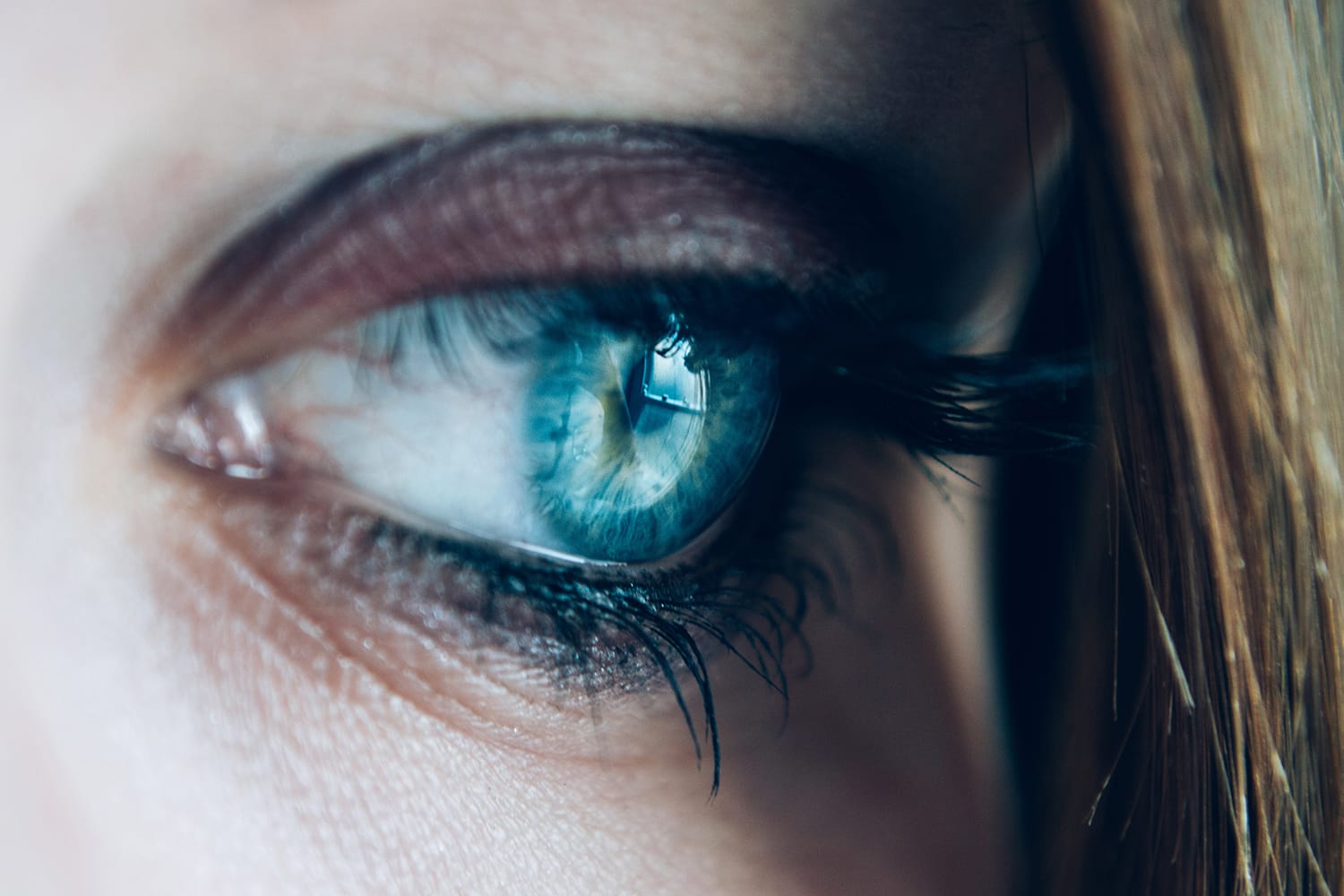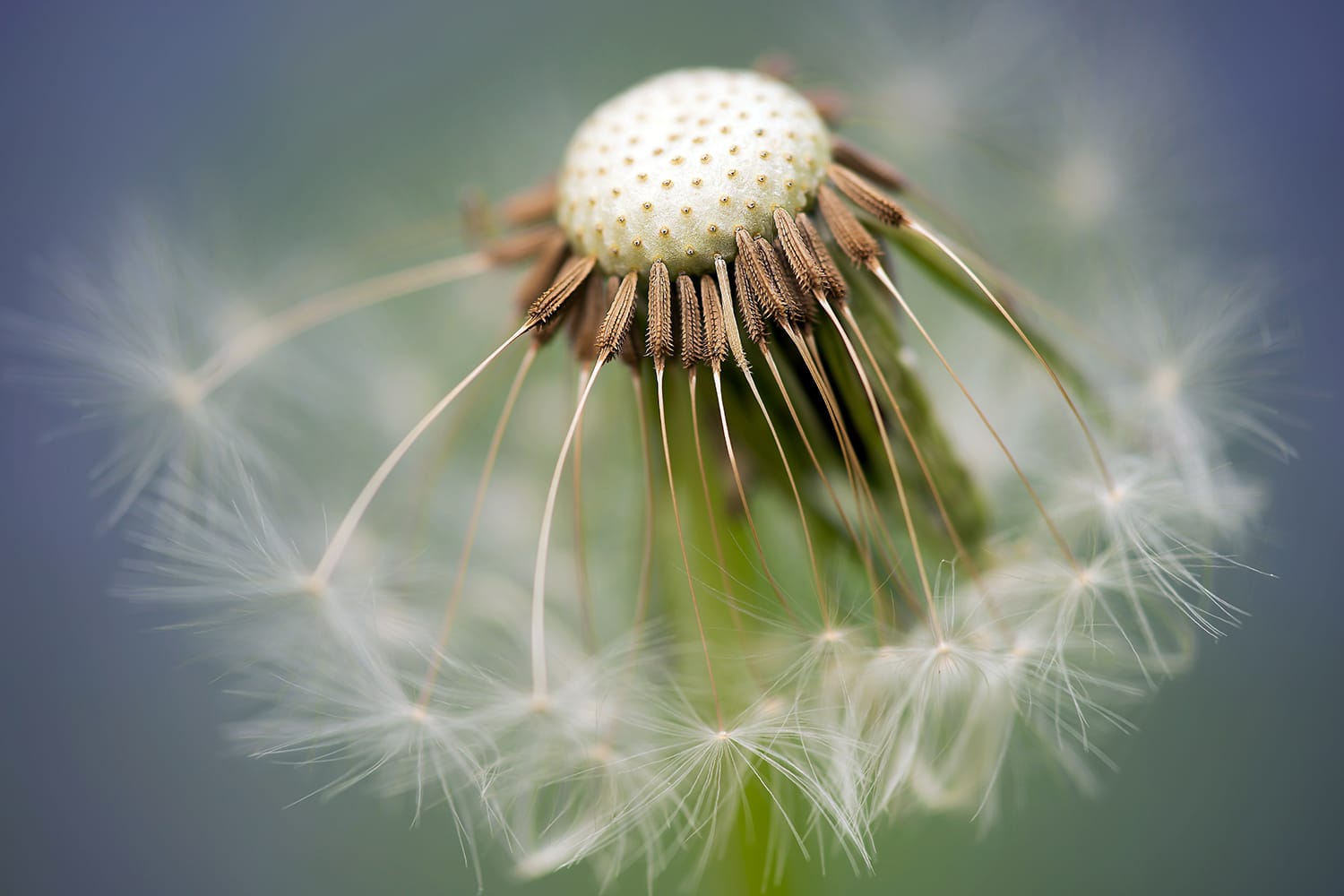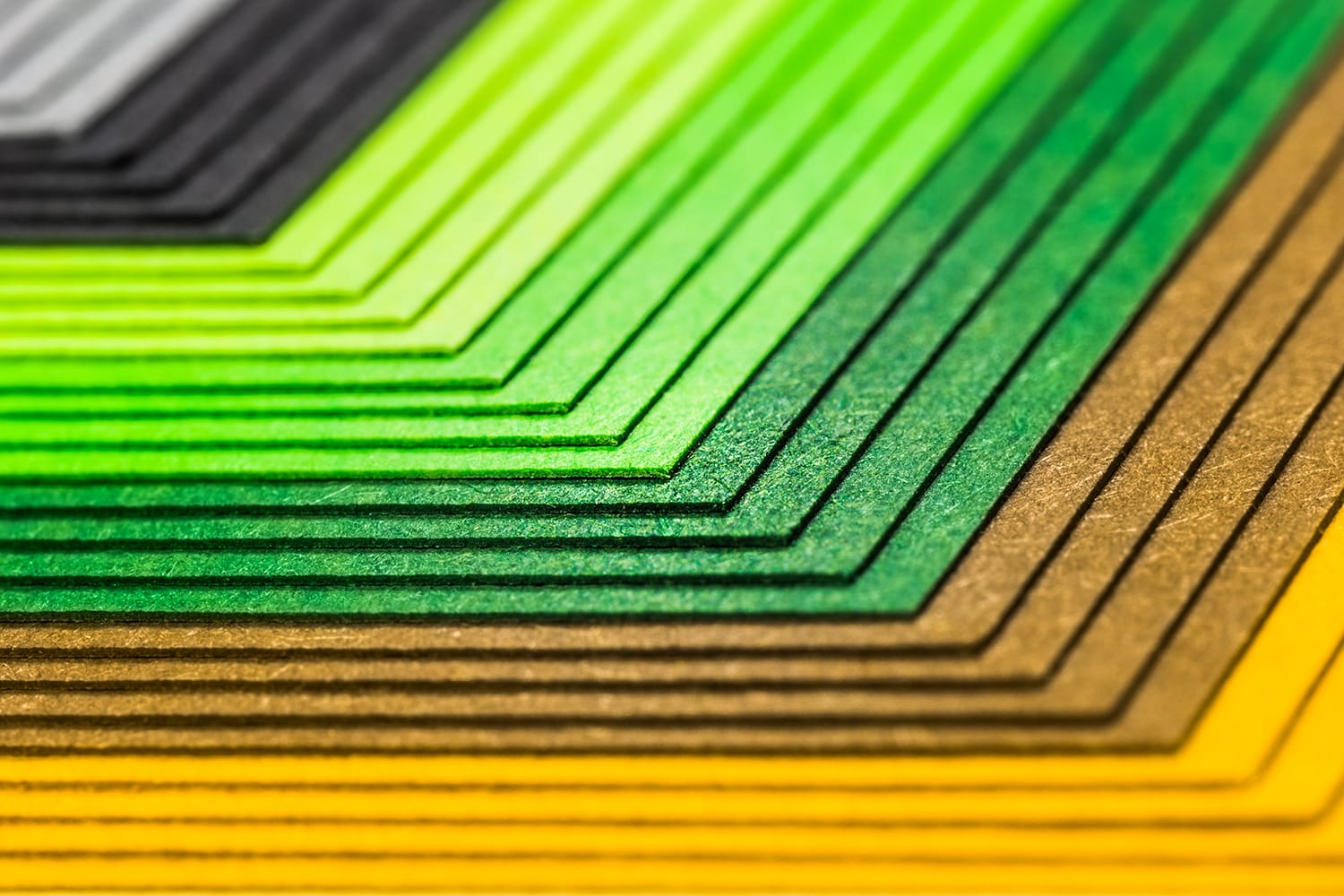So You Want To Create More Intriguing Macro Photos?
They may be tiny, but don’t be mistaken; macros can be extremely powerful images! Macro photography can bring out the best in your subjects and can be used to showcase even common elements in an entirely new light.
Creating a great macro shot is more than just getting up close to your subject at hand; it’s about highlighting the minuscule yet fascinating details that are often overlooked, resulting in a unique image that’s unlike any other.
While the term macro is a bit blurred today, thanks to many point-and-shoot models offering “macro mode” for images. Macro photography typically involves reproducing something on the sensor that’s the same size or bigger than its original size, especially if you’re shooting with a DSLR.
There’s a reason that macro photography is considered a fascinating branch of photography – capturing these types of images can be extremely rewarding and is a great chance to see the world in an entirely new way.
If you’re looking to create amazing macros that stand out, here are some ideas to get you started.
Get Close Enough
If you’re serious about macro photography, you may want to consider investing in a macro lens, which will allow you to fill the frame with your minuscule subjects. Macro lenses are available in a wide range of different focal lengths, but the best option is typically a long-barrelled lens that’s no shorter than 40-60mm.
For a more economical option, you could also invest in extension tubes, which fit between your lens and camera body and allow you to focus closer. You could also consider a reversing ring, which will enable you to mount a regular lens backward, to replicate a macro lens.
Find Fascinating Subjects
Sometimes the best macro opportunities are found in the most unconventional places. Getting close to your subject and looking for details that you didn’t know existed can open a world of new and exciting opportunities. Here are a few ideas:
1. Insects

Insects have many interesting features that can be showcased perfectly with a macro shot, allowing you to see the creatures in a completely different light. Bees, ants, and even spiders can all make fascinating macro subjects. Butterflies are one of the most photogenic insects, but it can be difficult to get close enough to them – try stalking them later in the day when they’ll be less active.
2. People

People may not come to mind when you think of macro images, but macros can be a great way to highlight certain details, such as the eyes or hands. Macro shots are also great for newborn photography.
3. Flowers

Flowers are a popular choice for macro shots, and for good reason. Almost every part of a flower or plant can be used in a macro image. Everywhere you focus, you will find more details and interesting features.
4. Patterns & Details

Macro photography can also be used to draw out patterns and details in your images. Even simple, everyday things such as water droplets, textures of different materials, and even office supplies can have interesting details that you can draw out to create amazing macro images.
And here are things you’ll likely want to keep in mind!
1. Watch the Background
With macro photography, the background is just as important as the subject matter. Whether you get up close and fill the frame with the subject, position your subject against a plain background, or blur the background out, allowing the focus to be on the subject, it’s important to pay attention to the background and use it to enhance the final image.
2. Focus Carefully
Getting the focus right is the most challenging part of any macro. In many cases, you’ll want to use a wide aperture, like f/2.8 or f/4, to blur out the surrounding detail, but you can also use a narrow aperture to ensure that most of the image is clear and in focus. Determining what to focus on, and how much of the image to blur out requires a discerning eye and plenty of practice.
3. Consider a “Third Hand”
If you enjoy nature macro photography, you may want to consider getting a “third hand,” also known as a plamp. This support and clamp system mounts onto your camera and holds onto the plant or flower you’re photographing, steadying it for you. This also allows you to position it against different backgrounds for more flexibility.
Consider a Lensbaby Composer Pro II with a Macro Adaptor. The Lensbaby Composer Pro II can be a great tool for capturing artistic macro images. If you’re thinking of investing in the Composer, make sure you add the macro adaptor to it to open up a whole new world of photography potential, allowing you to capture creative images that have a gently blurred effect.
4. Look for Optimal Lighting
When it comes to macro photography, the right lighting can help you to take your images to the next level! Bright, overcast skies are ideal for macro photography since the clouds act as a giant softbox, helping diffuse the sun and resulting in fewer shadows and evenly lit subjects.
You’ll also want to look for opportunities to photograph during golden hour – that time of day in the morning and evening when the sun is lower in the sky. During golden hour, everything is awash in a beautiful, golden glow –which can add a lovely, ethereal touch to your images.
Keep in mind that the direction you’re facing in relation to the sun can have a significant impact on your resulting macro images. Front lighting is best for fewer shadows and deeper color saturation, and side lighting is usually better for highlighting detail and textures. You may also want to consider bringing in an external light source to fill in any unwanted shadows. A flashgun or a flash that rotates and elevates is ideal.
5. Think Outside the Box
When it comes to macro photography, half of the fun is finding new opportunities or looking to showcase familiar subjects in a new way. Macro shots can be a great opportunity to draw attention to details that are often overlooked.
Finally, when it comes to macro photography, don’t be afraid to try different things and enjoy the process of discovery. The best images are often the result of enjoyment in the subject of hand, so look for opportunities to capture those things that you’re passionate about. Whether it’s photographing the reflections found in water droplets or showcasing how the evening light filters through leaves, have fun creating your own unique and intriguing macro images.
Have you tried your hand at macro photography? We’d love to hear your tips and suggestions! Let us know on Twitter or Facebook!
